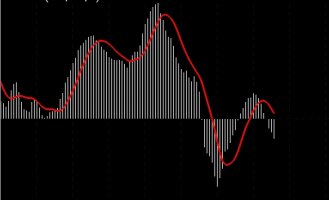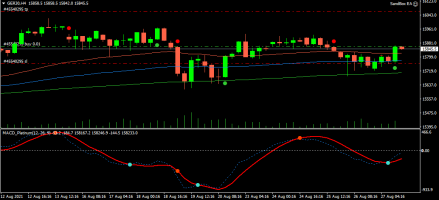John Prngle
New member
- Joined
- Aug 26, 2021
- Messages
- 5
I need to determine the time some events happened. The events are maximum and minimum values.
I want to be able to ask each data point along the way and say, are you a maxima or minima? and if it says yes then I add it to a list. Then when I find two, I want to ask if it is higher or lower then the one before which I can do this part, it's just finding where they are which is a problem for me.

I want to be able to ask each data point along the way and say, are you a maxima or minima? and if it says yes then I add it to a list. Then when I find two, I want to ask if it is higher or lower then the one before which I can do this part, it's just finding where they are which is a problem for me.


